Join a toy library to save money, the environment – and your sanity. Here’s all you need to know.
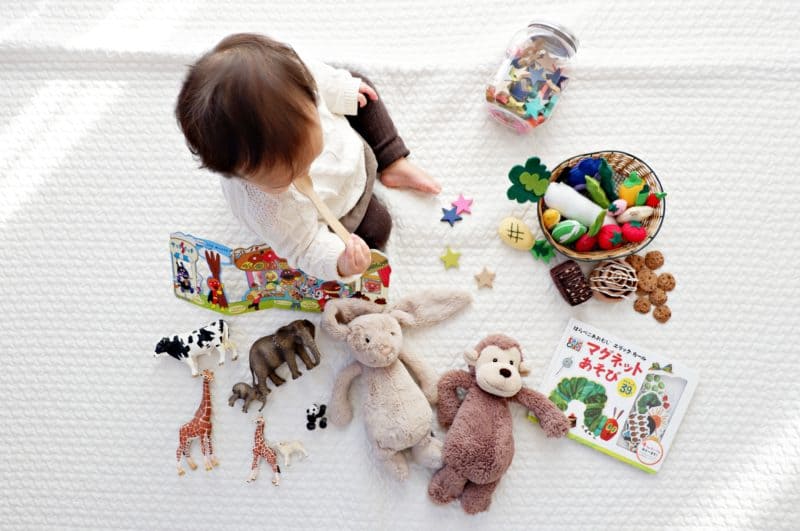
Table of Contents
Toy Heaven
Imagine this: every week, your kids bring home new toys.
An endless stream of puzzles, games, dolls, tricycles, costumes and some really nice building blocks.
Unaffordable? A cluttered nightmare? Way too much for the kids (or you!) to handle?
Thanks to toy libraries, it’s none of these!
Never heard of a toy library?
I hadn’t either until a few years ago when a friend started one in our town, the Finger Lakes Toy Library. Now I never want to be without.
After all, toy libraries bring together some of my favorite themes: saving money, sustainability, minimalism, and building community.
I’m excited to tell you more about these great organizations that can help you to tackle a bunch of challenges at once.
Here’s a primer on what toy libraries are, how to use them, and why they’re great.

What is a toy library?
The name really says it all. It’s a place that lets you borrow toys, games, puzzles, and other fun items. Just like a regular library that lends you books.
In researching this post, I learned that the world’s first toy library opened in 1935 in Los Angeles, California during the Great Depression and that the idea took off in earnest in the 1960s and 70s.
Today toy libraries come in several different shapes and sizes, from a neighborhood club with a few dozen toys to a commercial outfit with several thousand. Most are part of a public library or other institutions such as schools or hospitals, and a few are non-profits, like ours. You may even come across a mobile library that makes stops in different places.
A few toy libraries have inventories of toys adapted for special needs, and some organizations are aimed specifically at teachers and child caregivers, not the public.
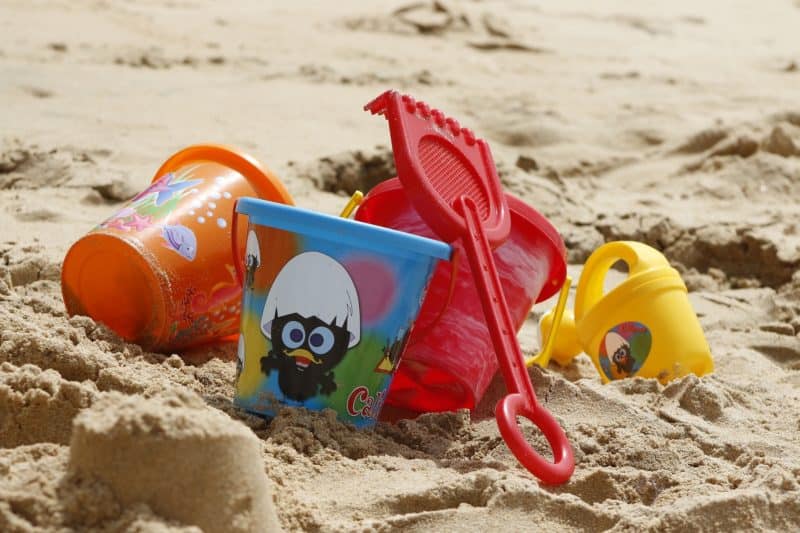
Photo: Pixabay
How does a toy library work?
If you know how to use a regular library, you’ll know what to do here.
Memberships may be free or cost money. As a non-profit, our toy library survives partially on grants and charges annual fees on a sliding scale. For-profit toy libraries may be more expensive to access.
Then show up and see what’s on the shelves. Depending on the library’s rules, you can borrow a certain number of items per child or family for a set period.
Some toy libraries may also have catalogs online where you can browse and reserve toys, and systems that send automatic notifications and reminders.
When you return the toys, they’re sanitized and checked for completeness (lost parts can be a real problem) and returned to the shelves.
And yes, just like at many book libraries, returning toys late can incur fees.

What else do toy libraries offer?
Toy libraries frequently offer more than just toys.
Ours is a cozy space that’s one of our favorite destinations for a few hours of indoor play – a lifesaver during our long winters.
Some places may also host story hours, workshops and rentals for birthday parties.
Why toy libraries are great
1.) Save money
Americans spend A LOT of money on toys – an average of $482 per child per year (according to 2015 data), or a total of $28 billion per year (in 2018).
A toy library can help you cut that chunk of your budget way down.
Not only can your kids play with a huge variety of toys, but you can provide items that you may otherwise not be able to (or you choose not to) afford.
They’ll discover ways to play that they wouldn’t otherwise have known about.
And if it turns out your kid just can’t live without a certain toy and has renewed it five times, you can still decide to purchase it – but with the confidence it’ll actually get used.
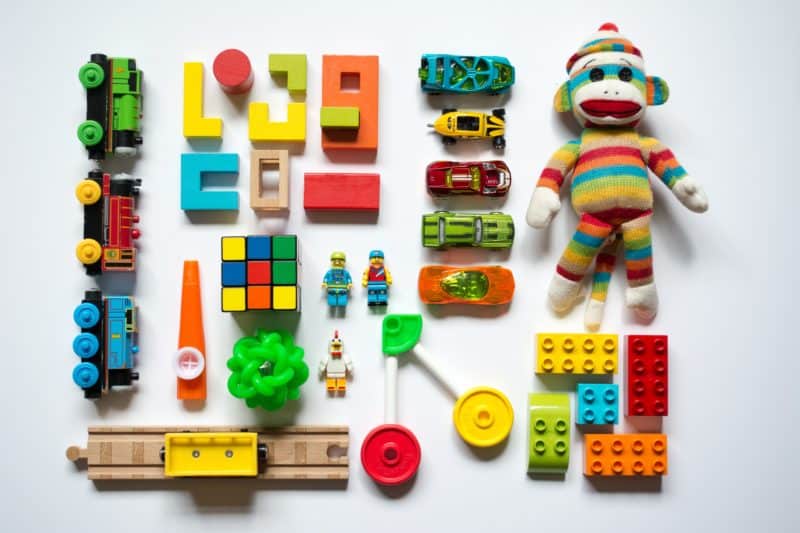
Photo: Vanessa Bucceri, Unsplash
2.) Reduce clutter
Thanks to the repository of toys at the library, you can keep fewer items at home.
And that means less clutter and cleaning. I, for one, would rather spend my time playing with my kids than trying to animate them to pick up all those darn toys.
3.) Help your children’s development
More is not better when it comes to toys.
For example, having fewer toys in their environment helps toddlers engage in longer, more focused, and more creative play.
Well-known minimalist Joshua Becker, author of Clutterfree with Kids lists numerous other benefits, including better social skills, taking better care of their items, more interest in reading and art, resourcefulness, fewer arguments, perseverance, and others. (You had me at “fewer arguments”!)
Of course you don’t necessarily need a toy library to live with fewer toys, but it sure makes it easier: You can provide variety and novelty while regularly adjusting for your kids’ changing needs and interests, but you don’t need to keep all those options in your own space.
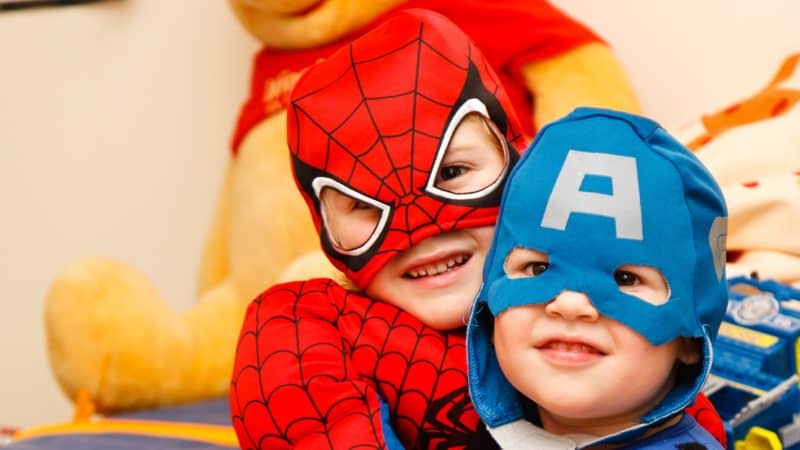
Photo: Steven Libralon, Unsplash
4.) Teach your kids important values
Toy libraries can teach your children valuable social lessons, such as sharing and taking turns.
They’ll practice taking care of things that belong to the community and regularly work on letting go – either because it’s time to return items or because perhaps they choose to donate toys they no longer play with for other children to enjoy as well.
5.) Protect the environment
In this country, toys are a big environmental problem.
Plastics make up 90 percent of U.S. toys – and as we’ve seen, that’s a huge a huge market.
By using a toy library, your family will consume fewer resources and produce less waste (especially if you can teach your kids to say no to the plastic junk toys that threaten to enter our lives all the time.)
So instead of giving a bunch more toys as gifts for your children’s next birthdays, Christmas or other holidays, why not consider a membership in a toy library instead? The gift will keep giving all year.
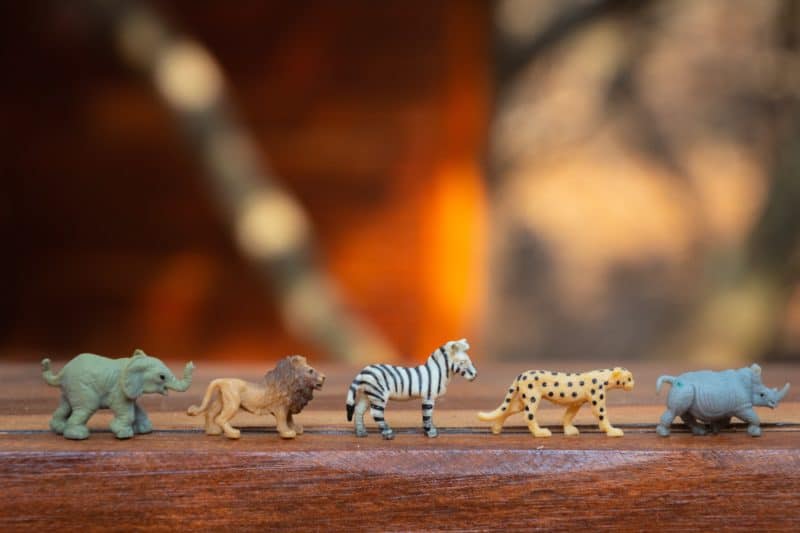
How to find a toy library near you
For toy libraries in the United States, check with the USA Toy Library Association.
Around the world, consult the International Toy Library Association.
Please note that many toy libraries will not be listed here, since they’re informal or may not even consider themselves a toy library.
Start asking around – you may be surprised to find a lending club or similar organization near you.
No toy library near you?
Sadly, not every town has a toy library, but here are some ideas to get some community access to toys going:
- start toy sharing in your neighborhood, e.g. along the lines of a Little Free Library, in a community center, church, or just a basket that makes the rounds
- use Freecycle, a buy nothing or similar group to keep rotating toys: donate your own and see what other people are ready to let go of
- if you’re feeling ambitious, put together a great team and start your own non-profit, like my friends did in our town. (I’m not gonna lie – it’s a lot of work.)

My home turf: The Finger Lakes Toy Library
I want to put in a special plug for our beloved local toy library. (Full disclosure: I had a short stint on the board at some point.)
It’s a cozy space with a fantastic selection of toys – most are environmentally friendly and gender-neutral and encourage open-ended, imaginative play.
If you live in the region, consider joining! It’s a non-profit aimed at making high-quality toys available to all kids, so membership is on a self-chosen sliding scale (starting at $0).
Even if you’re just visiting town, stop in during open hours for some playtime.
I’d love to hear about your experiences with toy libraries. Comment below or email me! Are you a member somewhere? Did you discover one nearby that you had no idea existed? Are you thinking of starting your own?
Photo credit ‘toddler with toys’: Shitota Yuri, Unsplash


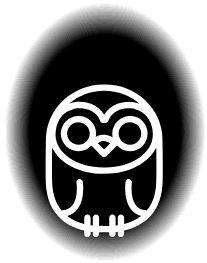
 Ultimate Pantry Challenge Guide: Eat up and Save Money!
Ultimate Pantry Challenge Guide: Eat up and Save Money!
I’ve never heard of a toy library before. Such a cool thing!
It really is! When I first about the idea, I thought, “duh, of course, this makes total sense!”